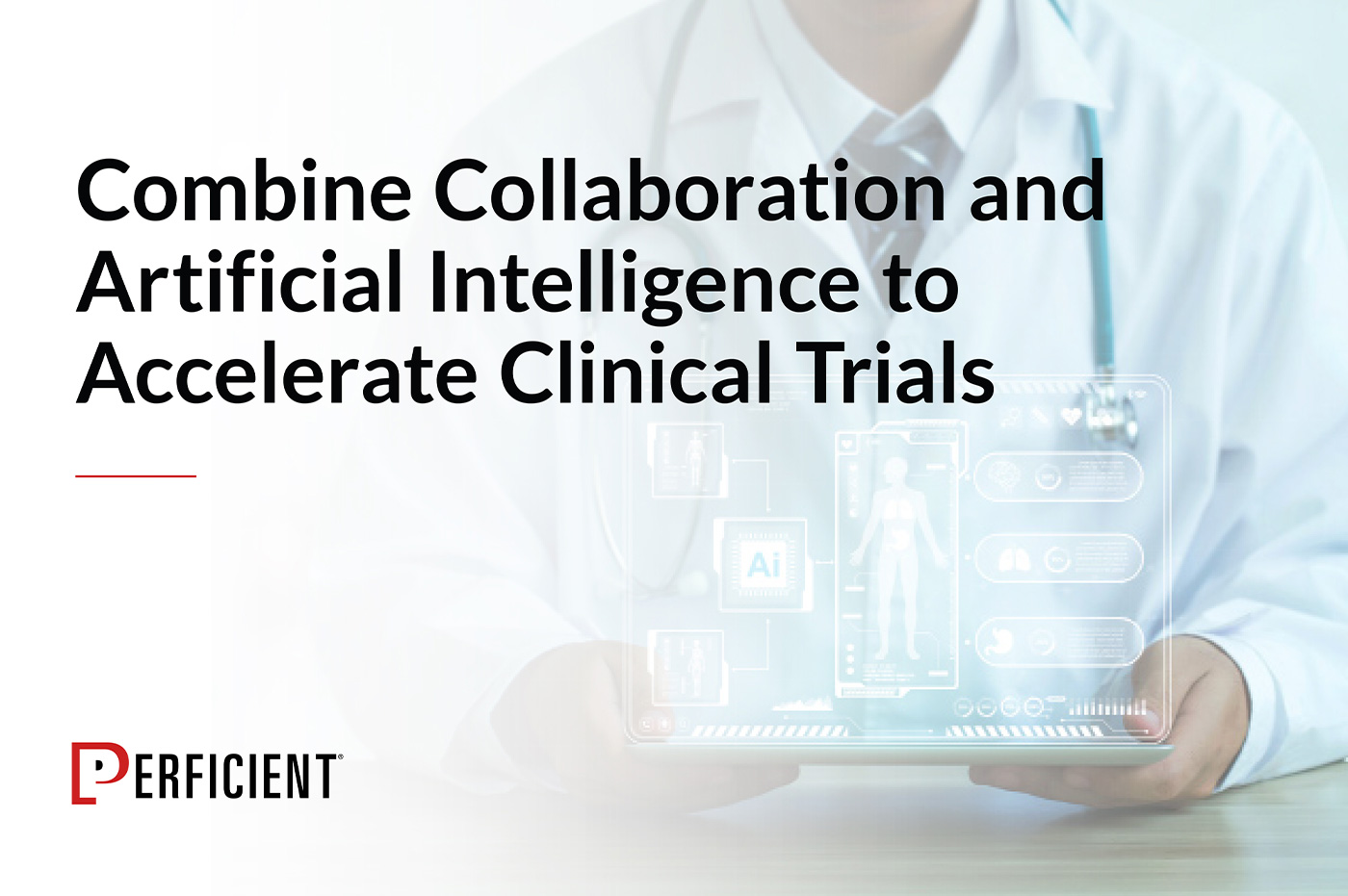If there is one thing marketers across the world have in common right now, it’s using artificial intelligence (AI) as part of their digital experience. With the emergence of tools such as ChatGPT and DALL-E 2, to name just a few, AI is becoming more commonplace by the day. And it’s giving marketers endless inspiration for how a few AI bells and whistles can wow audiences and increase conversions.
Before we get too excited about those bells and whistles, though, work through the following consumer experience AI checklist before jumping on the AI bandwagon.
1. I know what my audiences and my organization want to achieve with AI
Odds are there are friction points in your current consumer experience that leave audiences and internal staff members equally frustrated. The good news is that this is often a fantastic starting point for having a conversation about AI.
Are your audiences getting lost on your site and need a way to find relevant information more quickly? Perhaps a chatbot is in order. Are your customer-service representatives struggling to keep up with the volume of callers? That chatbot sounds like it might support them too.
Whatever friction points you uncover, you’re likely find solutions that will benefit both internal and external audiences, and those should often find their way to the top of your priority list. Either way, be sure that you start with the problem (or opportunity) and work backward to the AI tool through a comprehensive set of use cases. That helps ensure what you implement will truly enhance the experience.
2. My data is ready for AI
If there is another thing that connects all marketers, it’s a love of data. Marketers truly embody the left brain and right brain working in perfect harmony, but that balance is thrown off when the data they have access to is inconsistent, inaccurate, not fit for purpose, or duplicative.
Before implementing AI tools, take a long hard look at your data. Clean, organize, and isolate irrelevant data as needed. Additionally, it’s also important to look at the goals you’ve created and make sure that the data you have access to will truly help you understand performance and can offer insights on where and when to optimize.
3. My team is ready for AI
As with any new tool, training and education are critical to help your teams understand AI concepts and the tools you wish to put in place now. In many organizations, the use of AI tools in a marketing context will only continue to grow. So giving your teams a solid foundation now will allow everyone to move forward with confidence and enthusiasm. Creating internal workshops, bringing in external experts, or taking online courses will help instill a culture of learning as you begin to move AI into your toolkit.
In most cases, AI-enabled tools will have some impact on your team’s day-to-day processes and workflows. It’s important to map out those changes, ensure you have ownership and responsibility articulated, and train your teams on their new AI-powered normal.
When you use AI in a consumer-facing experience, it is also important to give customer-service teams an understanding of what the tools are meant to do and how to help consumers troubleshoot if they have trouble using the tool, are confused by the results, or need general support. While many consumers are already using AI-enabled tools in their day-to-day lives, they may not realize it. And they may need some extra assurance from you that the tools are accurate, safe, and there to support their access to care and wellness.
4. My content is ready for AI
Ahh, content creation. It’s a task that truly never ends. And AI can have big impacts on how you approach content creation, from how it’s developed by your team to how it’s delivered to your audiences.
Depending on your goals and the AI-enabled tools you wish to implement, think about how your content program will change. If you plan to use AI to develop content, how does that change the review and approval process — and how will you ensure that content carries the voice and tone of your organization? If you plan to use AI to serve up content to your audiences, think through the consumer interactions. Do you have content to cover all use cases? What gaps may your audiences fall into? How will you keep up with the volume of content needed, depending on how you plan to use AI tools?
Once I complete my checklist – then what?
While this checklist scratches the surface of creating a comprehensive AI roadmap, it should give you an idea of some of the marketing-specific considerations that AI-enabled tools bring into focus. The biggest takeaway I can offer is to remember that you don’t have to boil the ocean with your first AI implementation. Creating a crawl, walk, run approach will allow you to dip your toes in AI-enabled waters, understand the value that AI is bringing to your audiences and your organization, and then build increasingly sophisticated tools on top of the strong foundation you’ve built.
Our Digital Healthcare Strategy team helps medical device organizations understand how to use the human side of artificial intelligence to build loyalty and drive conversions among their patient, provider, and partner audiences. Contact us today for more information.

